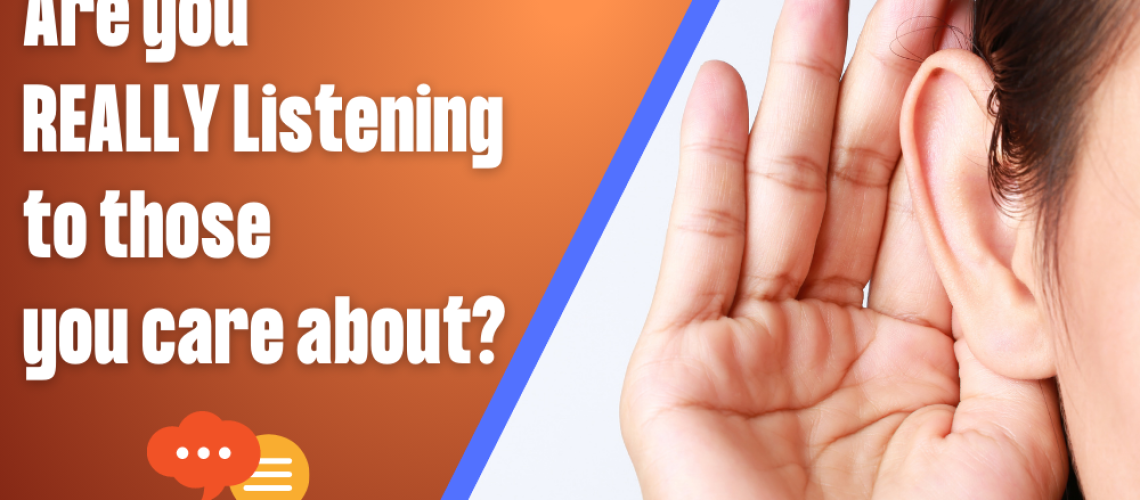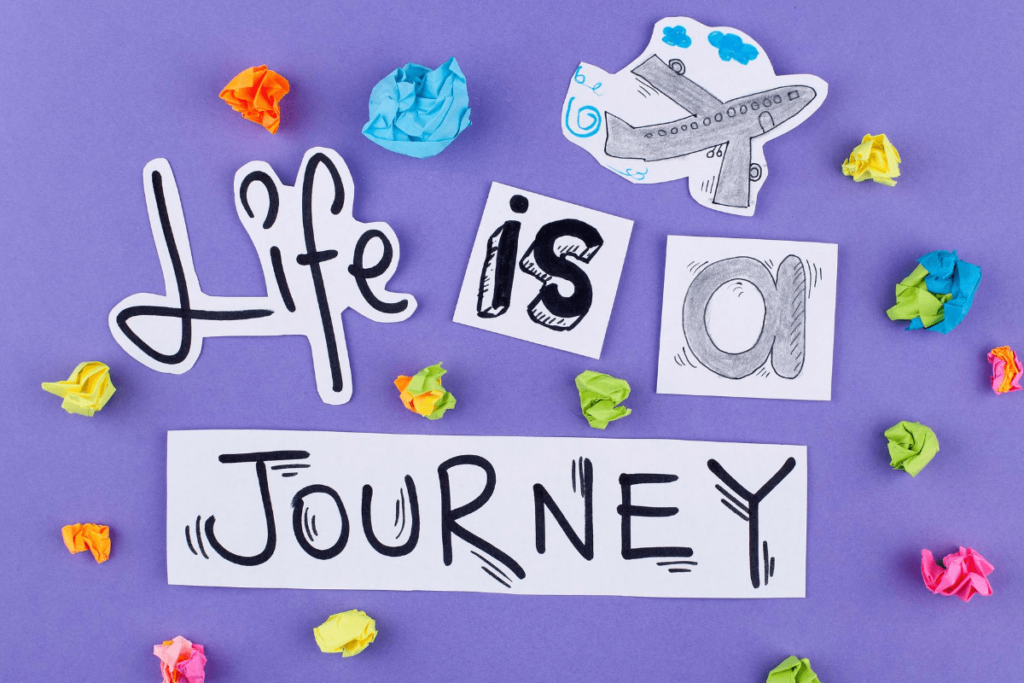Listening can be both simple and complex. Today we are more distracted than ever! There is so much content to consume, and so many notifications on our devices that actually listening to someone has become an almost impossible feat. In this article, we are going to learn how to really listen to those we care about. Why? Because we care about some people in our lives and want them to feel connected to us. Connection comes not only by speaking but mostly by listening.
Listening is an experience. Hearing is an experience. Understanding is an experience. These elements are the recipe for an empathetic conversation. If you want to learn more about empathy, read this post here. Or you can read about empathy in business here. In these posts, you’ll learn that empathy is when one feels heard, understood, and validated.
Now let’s dive into how you can really listen to those you really care about…

Listening Foundation
Listening can be both simple and complex. Starting with a listening foundation, this is when we are present with the other person be that in-person or virtual. On the phone, or with messaging, it becomes a little bit more difficult because we lose the physical components, but we can still be with someone just by creating the space and showing up for them in some way.
Simple listening starts by not allowing distractions and being fully present with the person(s) you are with. This means leaning into the conversation, and being committed to creating that space to have the conversation with that person. It’s that simple…you show up and you are there, fully present for them. By stepping into this space between you and others, it creates an energy bubble. You and them, them and you. This energy is pure connection, a relational pull. It doesn’t matter if it’s romantic, friendly, or professional, this connection is powerful. It is in our human nature to connect. When you make and maintain eye contact with someone, it says, “I am here for you,” “We are here for each other.” Once you have the awareness of this space, your foundation is set and now you are ready to listen…

Listening with the 3A’s
Now that you have created space, talking will occur and this is when things get exciting. With talking there is a physical expression, words, and emotion. Emotion can be positive, negative, or neutral, but boy can they impact where the conversation goes next! Here are my 3A’s to Listening, surefire steps to show the person that you care about that you are hearing them.

Hearing Between

- Hearing emotion: Emotion is usually behind all words and can be powerful, but we really have to listen sometimes to hear what emotion it is. For example, if someone says, “This is the 3rd time my boyfriend worked late and missed our dinner,” we can hear that the emotions behind that are probably frustration, loneliness, anger, sadness, etc. This person isn’t saying how they feel, yet we can still hear it behind the words, their tone, and their facial expression.
- Hearing what’s behind the words: This is us listening for hopes, desires, dreams, fears, etc. that aren’t directly being said. For example, if someone says, “I just love listening to new music. I wish I could be around music all the time,” behind the words could be that they really want to pursue a career in music. Maybe they know they want to do this or perhaps they are saying this and not conscious that music could be a possible career for them. You may respond to this with, “You love being around music. I wonder if you could take your HR job and work for a record label so you’d be around music more, what do you think about that?”
- Hearing what’s needed: If a mom of 4 is saying to you, “Gosh, I’m so exhausted. I can’t seem to remember anything these days” you hear that she is tired, and what she needs is probably sleep. If your boss sends you a reminder that your deadline is in 3 days, she’s telling you that what’s needed is extra time and effort to get your work completed on time. The mom isn’t saying, “I need sleep,” and the boss isn’t saying, “you’re going to have to work late the next couple of nights” yet you are able to hear what is needed through what they are saying.

See. Hear. Be Present
Listening is an experience. How you listen can build or break a relationship. Create a solid foundation for listening, add the 3A’s to your repertoire of communication skills, and hear what’s happening between the words. Be mindful of how you listen, hear and understand, especially with those you love. As you build upon these skills, notice how your communication shifts to a deeper connection and feel the energy of that connection as you begin to listen deeper.










